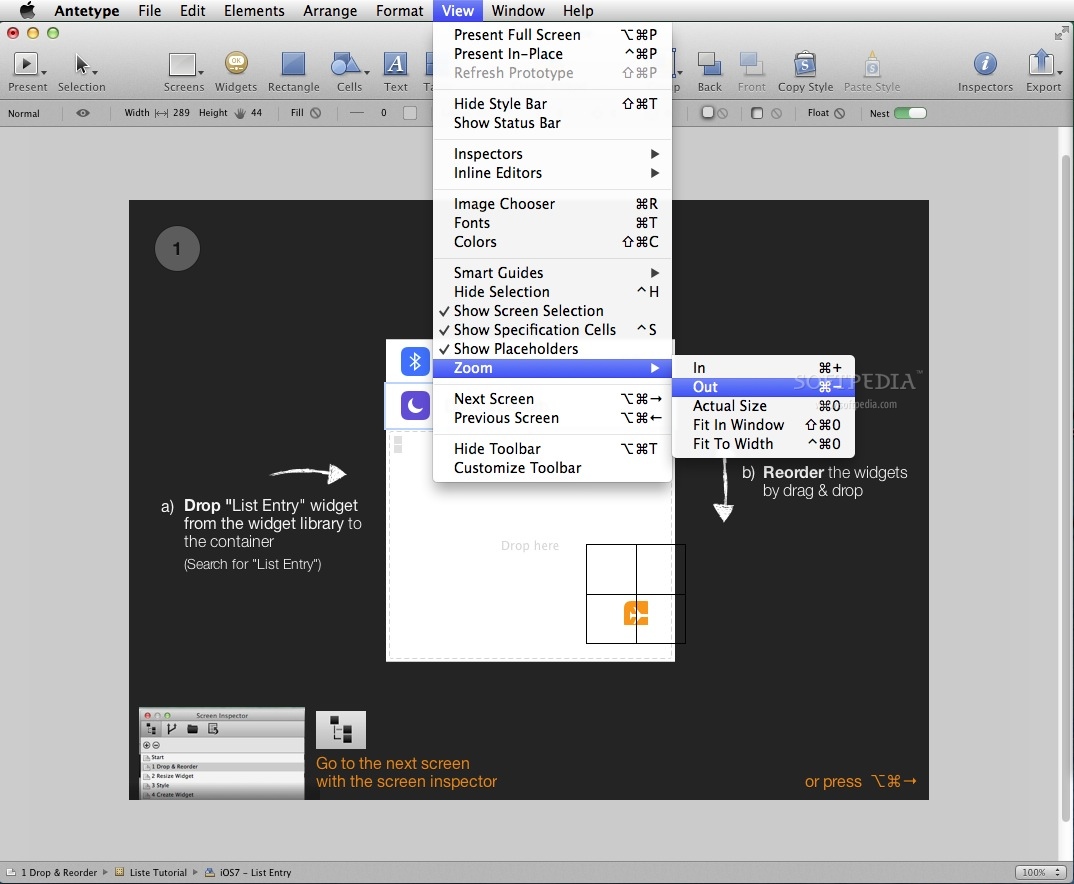

The above "Types" with their "Antitype" stand out so prominently in Scripture that their meaning is clear to the most superficial reader. " AS Jonah was three days and three nights in the Whale's belly SO shall the Son of Man be three days and three nights in the heart of the earth." Matt. " AS Moses lifted up the serpent in the Wilderness, even SO must the Son of Man be lifted up." John 3:14. " AS the days of Noah were, SO shall also the corning of the Son of Man be." Matt. " AS in Adam all die, even SO in Christ shall all be made alive." 1 Cor. The first is historic the second is prophetic. The word "AS" is used for the "Type," and the word "SO" for the Antitype. In studying the "Types" the two comparative words "AS" and "SO" are forcibly called to our attention. To which might be added- "Typical Structures," like the "Ark," the "Tabernacle," the "Temple." "Typical Furniture," like the "Brazen Altar," the "Laver," the "Seven Branched Candlestick," the "Table of Shewbread," the "Altar of Incense," and the "Ark of the Covenant" with its "Mercy Seat." "Typical Colors," like "Blue," "Red," "White," "Purple," "Scarlet," "Green." "Typical Numbers," like "one," "three," "four," "seven," "twelve," "forty." TYPICAL CEREMONIES, like the "Offerings," "Ceremonial Cleansing," "Feasts," "Year of Jubilee," "Day of Atonement.".TYPICAL EVENTS, like the "Flood," the "Plagues of Egypt," the "Passover," the "Brazen Serpent," "Crossing the Jordan," "Cities of Refuge.".TYPICAL PERSONS, like Adam, Cain, Abel, Melchizedek, Abraham, Isaac, Joseph, Moses, Joshua, David, Jonah.So the Old Testament Types are "shadows" in the sense that they are not the "Real Thing," and are but imperfect revelations of it.Ī "Type" then is some "person," or "event," or "ceremony" that is recorded to "foreshadow" some future "person," or "event," or "ceremony." For illustration. And a "shadow" is not the "very image of the thing," for a shadow is out of proportion, and is an imperfect representation of the thing it reveals. That is, the Old Testament "Types" are but "SHADOWS." But there cannot be a "shadow" without some "REAL THING" to make it. The writer to the Hebrews tells us that the "Types" are but the "SHADOW OF GOOD THINGS TO COME, AND NOT THE VERY IMAGE OF THE THING." Heb. Of "whom" and of what "things" is the Apostle speaking? Of the Children of Israel, and the "things" that happened to them from the time of their "Egyptian Bondage" until they reached the "Land of Promise." So we see that while the Old Testament is a record of the History of the Children of Israel, the events of that "History" are more than mere events they are "TYPICAL" of the "Plan of Salvation" as revealed in the New Testament, and are neither "mythical" nor "allegorical," but really happened to Israel and were recorded for our instruction. "Now all these things happened unto them for ENSAMPLES (examples, see verse 6) and they are written for our ADMONITION (instruction), upon whom the ends of the world (Age) are come." What do we mean by "Types?" The Apostle Paul gives the answer in 1 Cor. Therefore no preacher or Bible Teacher is competent to preach the doctrines, of the New Testament who is not acquainted with the "Typology" of the Old Testament. For illustration the "Brazen Serpent" and the "Cross." John 3:14-15. The "Typology" of the Old Testament is the "PICTURE LANGUAGE" in which the Doctrines of the New Testament, such as the Atonement, are prefigured. Their study proves beyond question that the Scriptures had but one Author-the HOLY SPIRIT. The value of the study of the "Types" and "Antitypes" is the proof they furnish of the Inspiration of the Scriptures.

You cannot understand Leviticus without Hebrews, or Daniel without Revelation, or the Passover, or Isaiah 53 without the Gospel account of the Crucifixion. The New Testament is "enfolded" in the Old Testament, and the Old Testament is "unfolded" in the New. The "OLD" things are the "TYPES" of the Old Testament, and the NEW things what they stand for in the New Testament. " Therefore (and we must note the "Therefores" of Scripture) every scribe (Bible Teacher) who is instructed unto the 'Kingdom of Heaven' is like unto a Householder, who bringeth forth out of his Treasure things NEW and OLD." Jesus summed up His Discourse on the "Kingdom of Heaven" Parables of Matt.


 0 kommentar(er)
0 kommentar(er)
